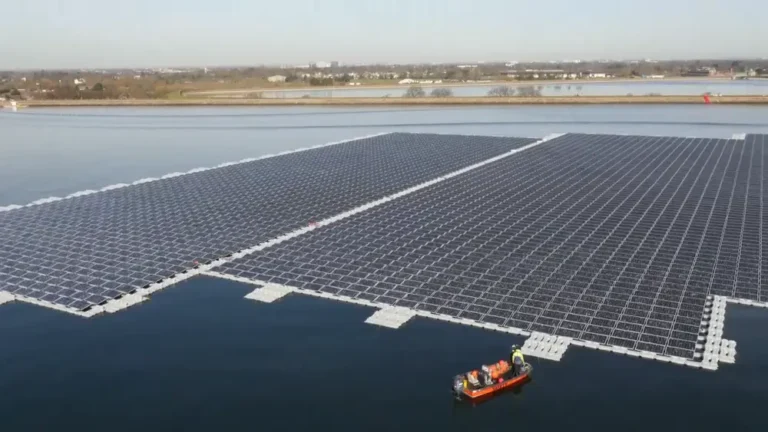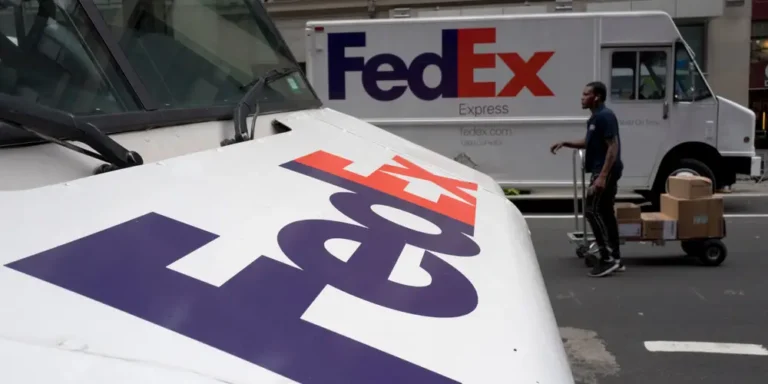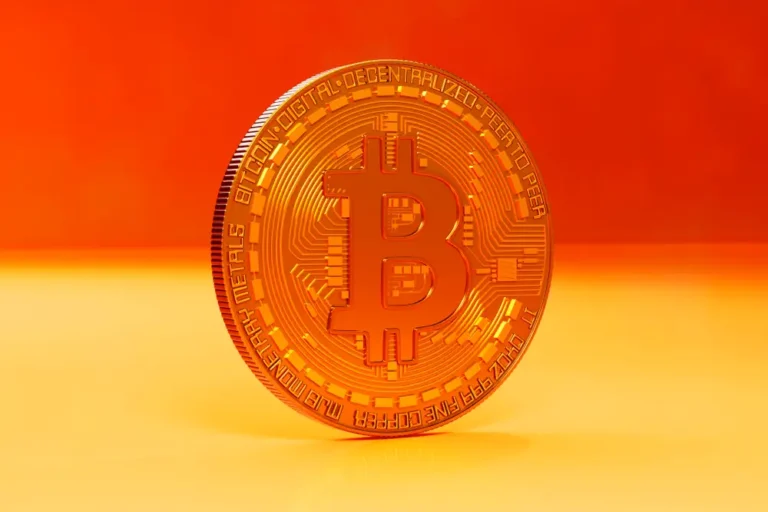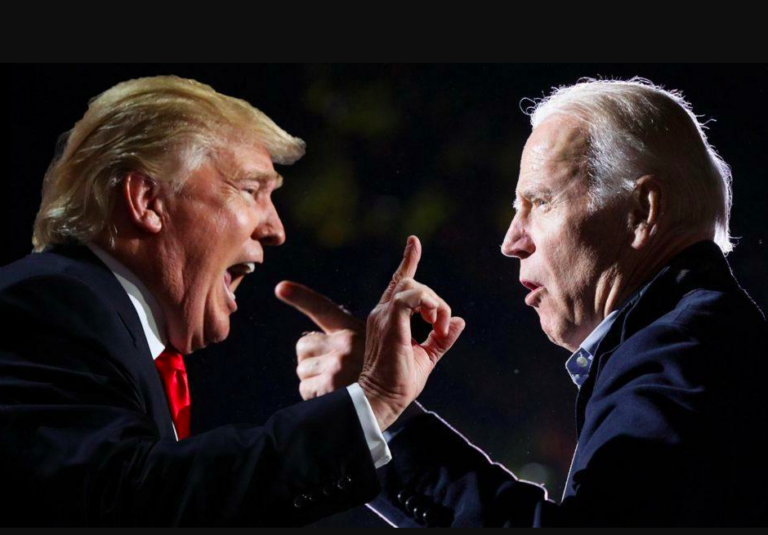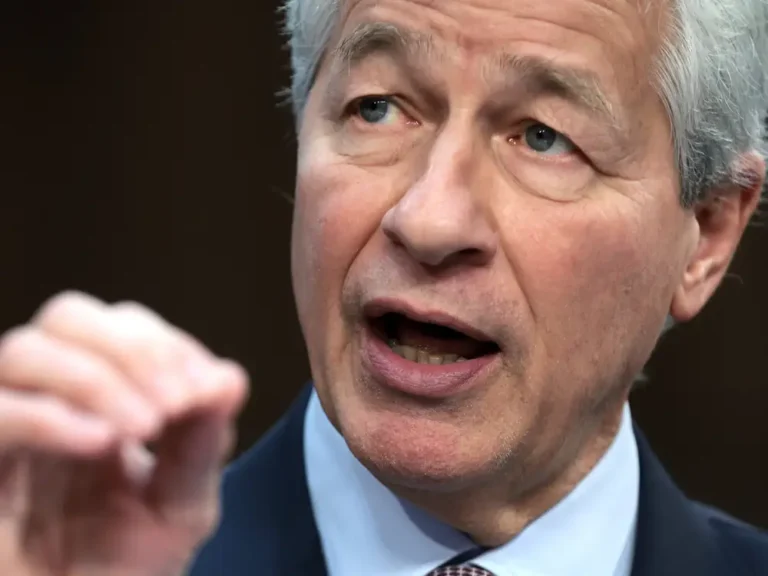A couple made $34,000 in 3 months selling books on Amazon KDP. Here’s how they use ChatGPT to help write their books.

- Angelina Stanzione and Chris Rawson started selling nonfiction books on Amazon KDP in 2019.
- They hired ghostwriters to produce first drafts but replaced them with ChatGPT this year.
- The couple, who quit their jobs after six months, shared how they built the mostly passive income.
Self-published authors don’t need a novel idea or even to write their own books. Chris Rawson and Angelina Stanzione, both 28, used ghostwriters — and later AI — to draft their nonfiction books after searching for popular topics on Amazon’s Kindle Direct Publishing.
In four years, the couple has published 29 nonfiction works on Amazon KDP, 17 of which are also available as audiobooks on Audible.
When they decided to try Amazon KDP in 2019, Rawson was looking to leave his job as a physiotherapist, and Stanzione was hesitant to start a 9-to-5 job while finishing her master’s degree.
Stanzione told Insider that they wanted to spend more time traveling between the United States, where her family lives, and the United Kingdom, where the couple lives. “We wanted to be able to travel more, work our own hours, and potentially earn more than we could in nine-to-fives,” she explained.
Choosing nonfiction helped them target their books to readers
The couple used Amazon KDP to look for keywords and topics that were popular with readers but had fewer books available on those topics.
According to Stanzione, they chose nonfiction over fiction because it was easier to target readers. A romance novel, for example, is difficult to target because the search term is ambiguous and there are more results to contend with.
“When it comes to nonfiction, customers typically look for ‘how-to’ or DIY books.” “If a customer wants to learn how to build a log cabin, they will search ‘how to build a log cabin’ on Amazon,” she explained to Insider.
In their first attempt, they decided to publish a book about mushroom cultivation. While they weren’t experts on the subject, Rawson said their research indicated that it could sell well. They researched it for three months.
When they were satisfied that they had a thorough understanding, they created an outline for the book for a ghostwriter they found on Upwork, who completed it in five weeks.
Each book costs about $900 to make
They paid $600 to the ghostwriter, $150 for book formatting, and $150 for the cover. Within weeks of publishing it on KDP as an e-book and a paperback, they began to see sales.
In their first four months on the platform, Rawson and Stanzione published two more nonfiction books and earned $5,000 in KDP royalties.
Paying for cost-per-click ads on Amazon helps build their readership
Stanzione and Rawson pay for Amazon KDP ads but do not advertise elsewhere. They stated that they spend 25% to 30% of their budget on advertising within KDP, where they pay to have their content sponsored and thus appear higher in search results.
Instead of purchasing ads in advance, Rawson and Stanzione pay Amazon each time a prospective reader clicks on the ad.
“The percentage you spend on advertising will decrease relatively as your book becomes more established and receives more reviews.” “That’s what we discovered,” Rawson explained.
Amazon can print and ship books
According to the couple, paperbacks account for roughly 90% of sales. However, they must account for printing costs, which range from 20% to 30% of the cost of a book, depending on its length, according to Rawson.
However, because Amazon prints and ships books, they don’t have to keep stock, and a book is only printed when a customer orders it.
Longer books incur higher printing costs, so the couple strives to strike a balance between book length and information content.
According to Rawson, their “sweet spot” is usually between 30,000 and 35,000 words.
KDP wasn’t an overnight success
Initially, Stanzione worked on the business during the day while studying for her master’s degree, and Rawson worked on it after work.
Six months into their publishing venture, Rawson quit his job. Despite having more time to focus on the business, they wished they had waited until they were earning more from KDP.
After four months of nonstop work, they were able to take a break and travel to the United States.
They started using Chat-GPT — but it has its downsides
They used ghostwriters they found on websites like Urban Writers and HotGhostWriter for three years. When ChatGPT first launched in November, they saw it as a threat, but after realizing that generative AI would only improve, they decided, “we may as well learn to adapt and use it — but use it wisely,” Stanzione said.
They write an outline using the chatbot based on the topics they’ve chosen. The couple will edit the outline based on their own research and then re-enter it into ChatGPT, section by section, to write the book based on the outline.
They work to make the AI-generated text sound more “human” and to verify its accuracy. They edit themselves and use SEO.AI, another AI tool, to improve SEO.
These steps are important, according to Stanzione, because the couple has seen other books that are “just so obviously written by AI and all the reviews are terrible.”
Nonetheless, replacing ghostwriters with chatbots has proven profitable. “Just because of that, our costs have come down significantly in the last six or so months,” Stazione said.
Now their KDP business income is almost passive
In three months, the couple has earned $34,500 from KDP and $5,000 from audiobook royalties. They spend approximately two to three hours per day on KDP.
They used Amazon-owned Audible to convert 17 of their best-selling books into audiobooks. They spend between $300 and $350 to hire a narrator for the books they’ve uploaded to the platform, where it’s checked for audio quality before being made available for download to listeners.
Rawson estimated that the couple returned 20% to 30% of their royalties to the business in order to publish new books.
Rawson told Insider in late August that they’d just returned to the UK after working remotely for a month in Spain and would be visiting the US in September.
Stanzione stated that they are happy to spend some time working while traveling. “It’s nice to be able to have that freedom and not have to worry about checking in with a boss or missing out on pay because we want to take that time off,” she explained.

